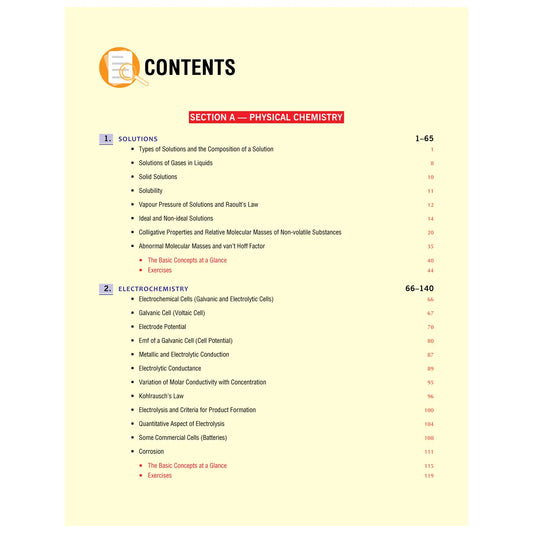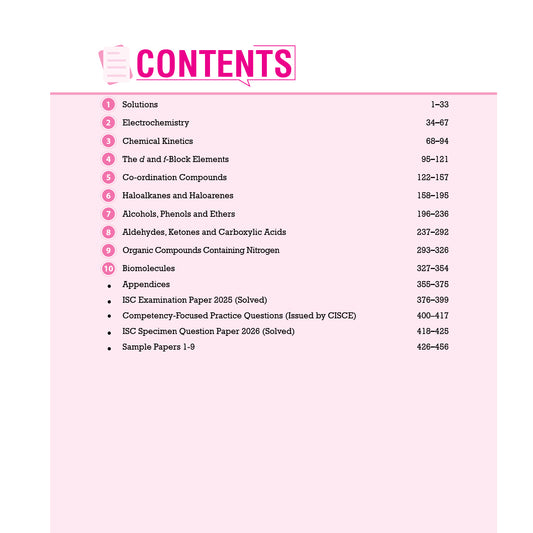
The Ultimate Guide to Effective Time Management: Creating Your Daily Study Schedule
As a student, mastering the art of time management is like having a superpower that can transform your academic journey. The key to this superpower lies in crafting an efficient daily study schedule. This guide will explore a detailed and engaging technique to help you plan your study schedules effectively.

Step 1: Set Clear Goals
Before diving into scheduling, it’s crucial to have clear goals. Define what you want to achieve academically and personally. Consider the following:
- Long-term goals: What are your ultimate aspirations? Where do you see yourself in a year, five years, or even a decade?
- Short-term goals: What do you want to accomplish this semester or within the next few months?
- Daily goals: What specific tasks or subjects must you address today to progress toward your short-term and long-term goals?
A clear vision of your objectives provides a sense of purpose and direction when creating your study schedule.

Step 2: Prioritize Tasks
Once you have your goals, it’s time to prioritize your tasks. This step involves differentiating between what’s essential and what’s merely urgent. Consider the Eisenhower Matrix:
- Critical and vital: Tasks that require immediate attention, such as preparing for an upcoming exam and scheduling the Exam Date Sheet on time.
- Essential but not compulsory: Tasks that contribute to long-term success, like building a solid foundation in a subject.
- Urgent but unimportant: Tasks that demand immediate action but don’t significantly impact your goals.
- Critical and important: Tasks that can be deferred or eliminated, such as excessive social media use.
Prioritize your tasks based on these categories, focusing on what’s important rather than just what’s urgent.

Step 3: Create a Time Block Schedule
Time blocking is a highly effective technique for organizing your daily study schedule. Here’s how to do it:
- Allocate specific blocks of time for various tasks. For instance, you might designate a 2-hour block for math, a 1-hour block for reading, etc.
- Ensure your schedule includes time for breaks. Short, frequent breaks can help maintain focus and prevent burnout.
- Set realistic time frames for each task. Avoid overloading your schedule; allocating sufficient time to complete each task effectively is crucial.

Step 4: Use Digital Tools and Planners
Digital tools and planners can be your best allies in creating and sticking to your study schedule:
- Digital calendars, like Google Calendar or Microsoft Outlook, allow you to set reminders and share your schedule with others.
- To-do list apps, such as Todoist or Trello, help you track your tasks and keep them organized.
- Time-tracking apps, like Toggl or RescueTime, offer insights into your productivity and help you identify time-wasting habits.

Step 5: Evaluate and Adjust
At the end of each day or week, evaluate your progress. Did you achieve your goals? Were there any disruptions or distractions that you needed to address? Use this feedback to adjust and refine your study schedule. Flexibility is critical; feel free to modify your plan to suit your needs better.
Conclusion:
Creating an effective daily study schedule is a skill that, once mastered, can greatly enhance your academic success and overall well-being. You can control your time and maximize your student life by setting clear goals, prioritizing tasks, using time blocks, and employing digital tools. So, go ahead and start crafting your ideal daily study schedule. Your academic journey will thank you!















